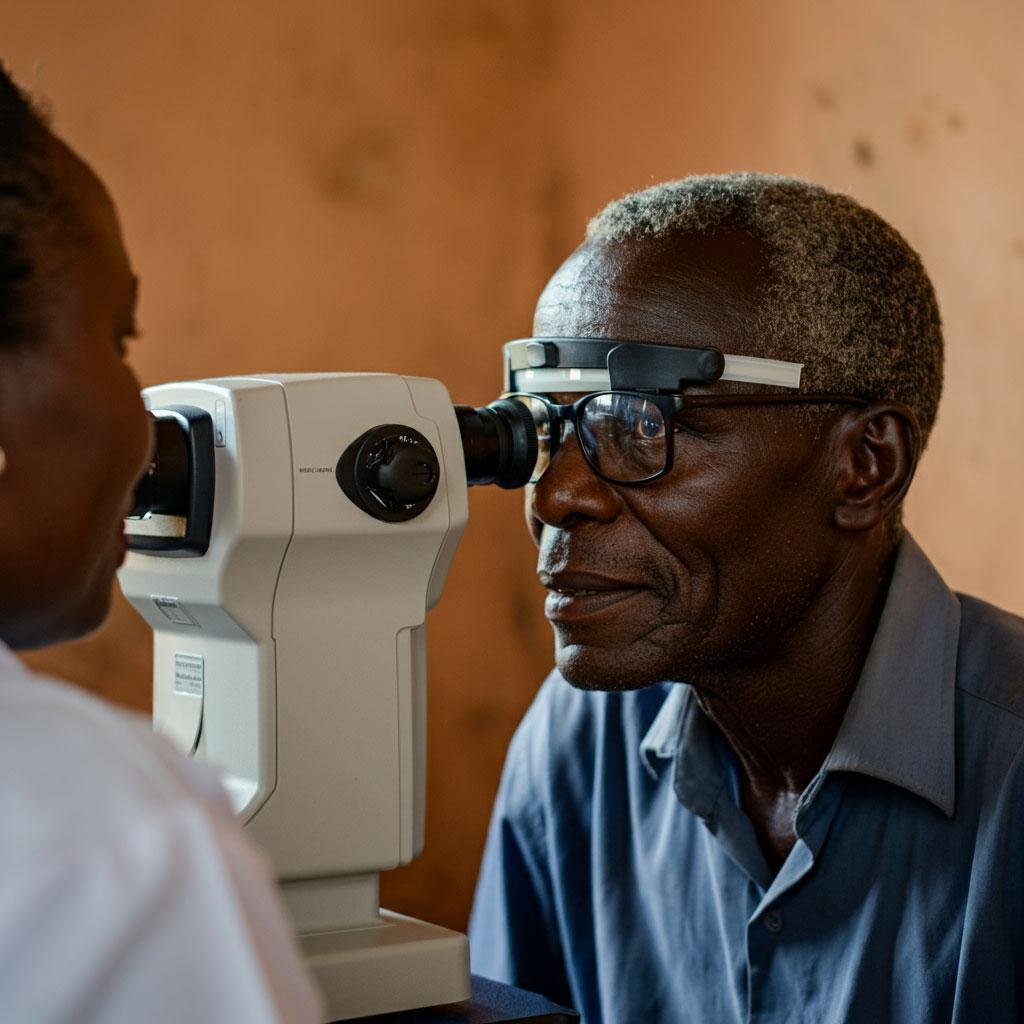The government, in collaboration with the Christian Blind Mission, has revealed findings from the Rapid Assessment of Avoidable Blindness (RAAB) conducted in the Copperbelt Province.
The survey, carried out between December 2021 and February 2022, identified cataracts and glaucoma as the leading causes of blindness in the region.
The assessment examined 4,437 individuals, with many requiring cataract surgeries.
The survey also found that women were disproportionately affected by both cataracts and diabetic retinopathy.
Speaking at the report dissemination in Kitwe yesterday, RAAB representative Dr. Deon Minnies, from Cape Town University, emphasized the importance of community-based follow-ups and awareness programs to improve the accessibility and quality of eye health services, particularly in rural areas of the Copperbelt.
Meanwhile, National Eye Coordinator Phyllis Moonga said the findings would assist the country in delivering better eye health services, not only in the Copperbelt but across Zambia.
Copperbelt Provincial Health Director, Dr. Charles Mwinuna stressed the need for innovative public-private partnerships to ensure universal access to eye health care and to meet global eye health targets by 2030.
He acknowledged the availability of cost-effective solutions like cataract surgery and spectacles but noted that coverage remains limited due to social and economic challenges.
Dr. Mwinuna also announced that the Kitwe Teaching Eye Hospital will launch two major projects in 2025, with support from CBM. One of the projects, “Vision for Tomorrow: Advancing Eye Healthcare through Digital Technology in Zambia,” will use digital technology for screening and data management in three Copperbelt districts.
The second project will prioritize adult cataract surgeries.
In her vote of thanks, CBM Country Director, Dr. Linda Kasonka expressed hope that the RAAB results would serve as a valuable resource for future planning.
She also thanked the government for facilitating CBM’s efforts in conducting the survey.





